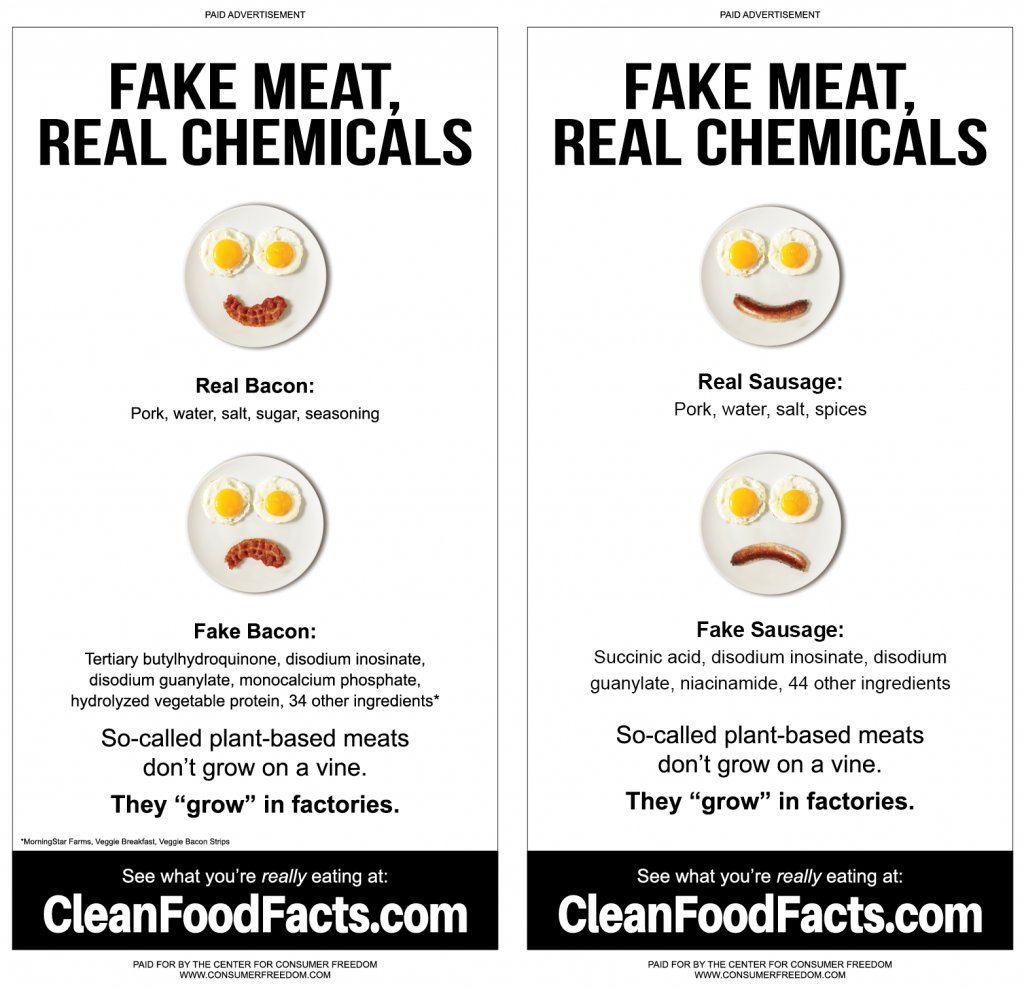This morning’s New York Times features a widely respected university professor and obesity researcher (in fact, the man who discovered the appetite-suppressing hormone leptin) decrying the distorted perception that Americans’ waistlines are exploding. Dr. Jeffrey Friedman sharply criticized debates surrounding the national girth as “so political, so rife with misinformation and disinformation.” In an effort to fight this particular obesity myth, Friedman points to a CDC study of the changes in American’s body weights from 1991 to today, which shows that it’s obesity hype — and not the average American — that’s startlingly bloated.
The Times reports that the CDC found very little weight gain except among those Americans who were already extremely obese:
At the lower end of the weight distribution, nothing has changed, not even by a few pounds. As you move up the scale, a few additional pounds start to show up, but even at midrange, people today are just 6 or 7 pounds heavier than they were in 1991. Only with the massively obese, the very top of the distribution, is there a substantial increase in weight, about 25 to 30 pounds
Seeking a response from a noted obesity warrior, the Times quotes fat tax advocate Marion Nestle: “It’s one thing to talk about statistics and another to talk about what’s happening to individuals.” According to the Times: “Dr. Friedman, however, begs to differ. The statistics let scientists get beyond impressions and focus on the evidence.” Nestle obviously missed the first day of Science 101 — the lecture about actual evidence.
But Nestle’s no longer a scientist — she has become an anti-corporate activist who pushes some of the most draconian food restrictions possible. She was a keynote speaker at a conference “intended to encourage and support litigation against the food industry.” And Nestle recently told Food Engineering and Ingredients that she favors a ban on food advertising to anyone under 17 or 18 years of age.
Nestle and her food-cop posse continue to beat the obesity drum, pointing to flawed government statistics that show 64% of the population is overweight or obese. That’s based on the Body Mass Index (BMI), a highly flawed measure that classifies (and often misclassifies) Americans as normal, overweight or obese. What Nestle won’t tell you is that in 1998 the government arbitrarily shifted the BMI scale, instantly casting more than 30 million previously government-approved Americans into the “overweight” category. At the time, a paper in the American Journal of Public Health sharply criticized this arbitrary change:
Our results are consistent with other studies and fail to justify lowering the overweight threshold on the basis of mortality. Current interpretations of the revised guidelines stigmatize too many people as overweight, fail to account for sex, race/ethnicity, age, and other differences; and ignore the serious health risks associated with low weight and efforts to maintain an unrealistically lean body mass … This seeming rush to lower the standard for overweight to such a level that 55% of American adults find themselves being declared overweight or obese raises serious concerns.
The flaws in the government scale can bee seen just by flicking the remote. A BMI of 30 or more tags you as obese. And at 5 feet, 7 inches and 201 pounds, Tom Cruise scores a BMI of 31. Likewise, back in his homerun-hitting days, Mark McGwire (6-5, 250 lbs.) was considered “obese” due to his BMI of 30. Our super-fit President Bush and Michael Jordan are only slightly better off, according to the BMI scale. They score 26 and 25 respectively, and are therefore “overweight.” (To see how the government’s dubious scale rates you, click here.)
Dr. Friedman summed it up best, telling the Times: “Before calling it an epidemic, people really need to understand what the numbers do and don’t say.”




